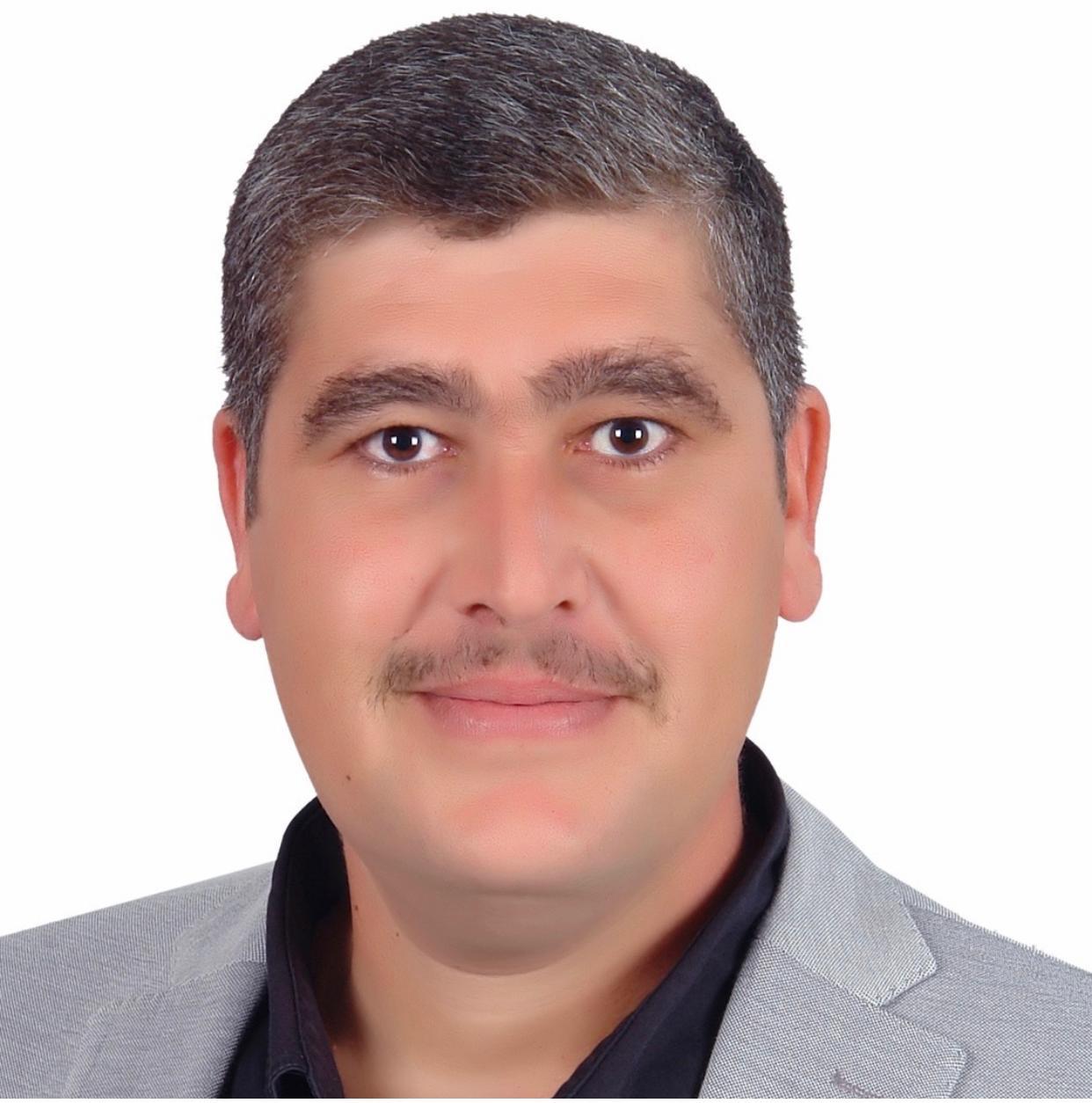
Harith Hamoodat
Research InterestsData science
Complex Network
Data Analysis
Compression
| Gender | MALE |
|---|---|
| Place of Work | Technical college of Management/ Mosul |
| Position | Department Head |
| Qualification | Ph.d |
| Speciality | Computer Engineering |
| hhamoodat@ntu.edu.iq | |
| Phone | 009647721146522 |
| Address | Alhadbaa, Nineveh, Mosul, Iraq |
Skills
English Language (100%)
Computer (100%)
team work (100%)
Supervision
Nashwan Maher
Year: 2025Academic Degree: Diploma
Supervisor Type: Supervisor
Supervisor State: Graduated
Khaleel Saab
Year: 2023Academic Degree: Diploma
Supervisor Type: Supervisor
Supervisor State: Graduated
Academic Qualification
phd
Jul 1, 2015 - May 12, 2020Doctor Of Philosophy in Computer Enginering and Sciences
Master
Jul 12, 2006 - Jun 12, 2008Master's degree in computer information system
Bsc degree
Sep 1, 2002 - Jun 1, 2006Bachler degree in computer engineering
Working Experience
Information Techniques Managment Department [department head]
Sep 1, 2023 - Presentmanager, Director [Director of Scholarships And Cultural Relations]
Oct 14, 2021 - Sep 1, 2023Director of Scholarships And Cultural Relations at Northern Technical University
Publications
Social media vocabulary reveals education attainment of populations
Mar 6, 2019Journal (CompleNet 2019)
publisher Springer
DOI https://doi.org/10.1007/978-3-030-14459-3_13
Educational attainment is a major indicator of a nation’s development stage. Yet, often we have to rely on census information that is done at insufficient periodicity not capturing well the dynamics of certain regions. In this context, social media can act as a sensor of populations with up-to-date information. In this paper, we focus on revealing the relationship between social media vocabulary and educational attainment. This work was performed at the county level for 5 different geographical areas in the United States by comparing the education attainment according to the American community survey to the level of vocabulary used in social media in the same region for the same period of the census (2010–2015). Our results show that social media vocabulary level can reveal the educational attainment of a population for specific areas with a few exceptions concentrated in counties that have a high population density. As a secondary contribution, the sampling method to calculate the vocabulary level in social media may also help using large twitter datasets in the context of social sensing.
Characterization of written languages using structural features from common corpora
Feb 23, 2017Journal (CompleNet 2017)
publisher Springer
DOI https://doi.org/10.1007/978-3-319-54241-6
For more than 5,000 years, we have been communicating using some form of written language. For many scholars, the advent of written language contributed to the development of societies because it enabled knowledge to be passed to future generations without considerable loss of information or ambiguity. Today, it is estimated that we use about 7,000 languages to communicate, but the majority of these do not have a written form; in fact, there are no reliable estimates of how many written languages exist today. There are three main families of written languages: Afro-Asiatic, Indo-European, and Turkic. These families of languages are based on historical family-trees. However, with the amount of data available today, one can start looking at language classification using regularities extracted from corpora of text. This paper focus on regularities of 10 languages from the mentioned families. In order to find features for these languages we use (1) Heaps’ law, which models the number of distinct words in a corpus as a function of the total number of words in the same corpora, and (2) structural properties of networks created from word co-occurrence in large corpora for different languages. Using clustering approaches we show that despite differences from years of being used in separate countries, the clustering still seem to respect some historical organization of families.






